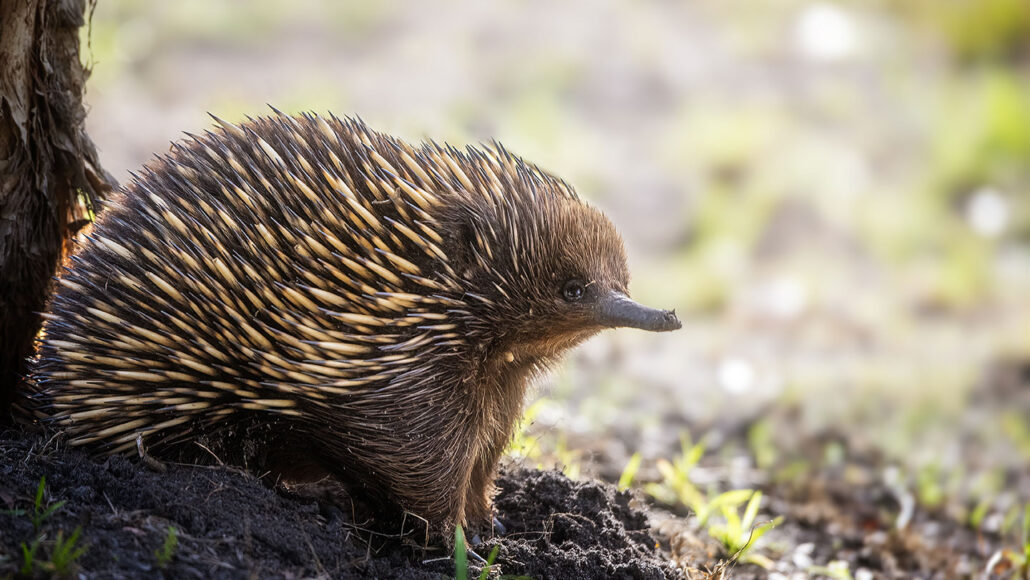Questions for ‘Surprise! These animals can help fight climate change’

The short-beaked echidna digs pits throughout Australia’s forest floors in search of food. Leaf litter, water and microbes that gather in those pits help store carbon in the ecosystem.
tracielouise/E+/Getty Images Plus